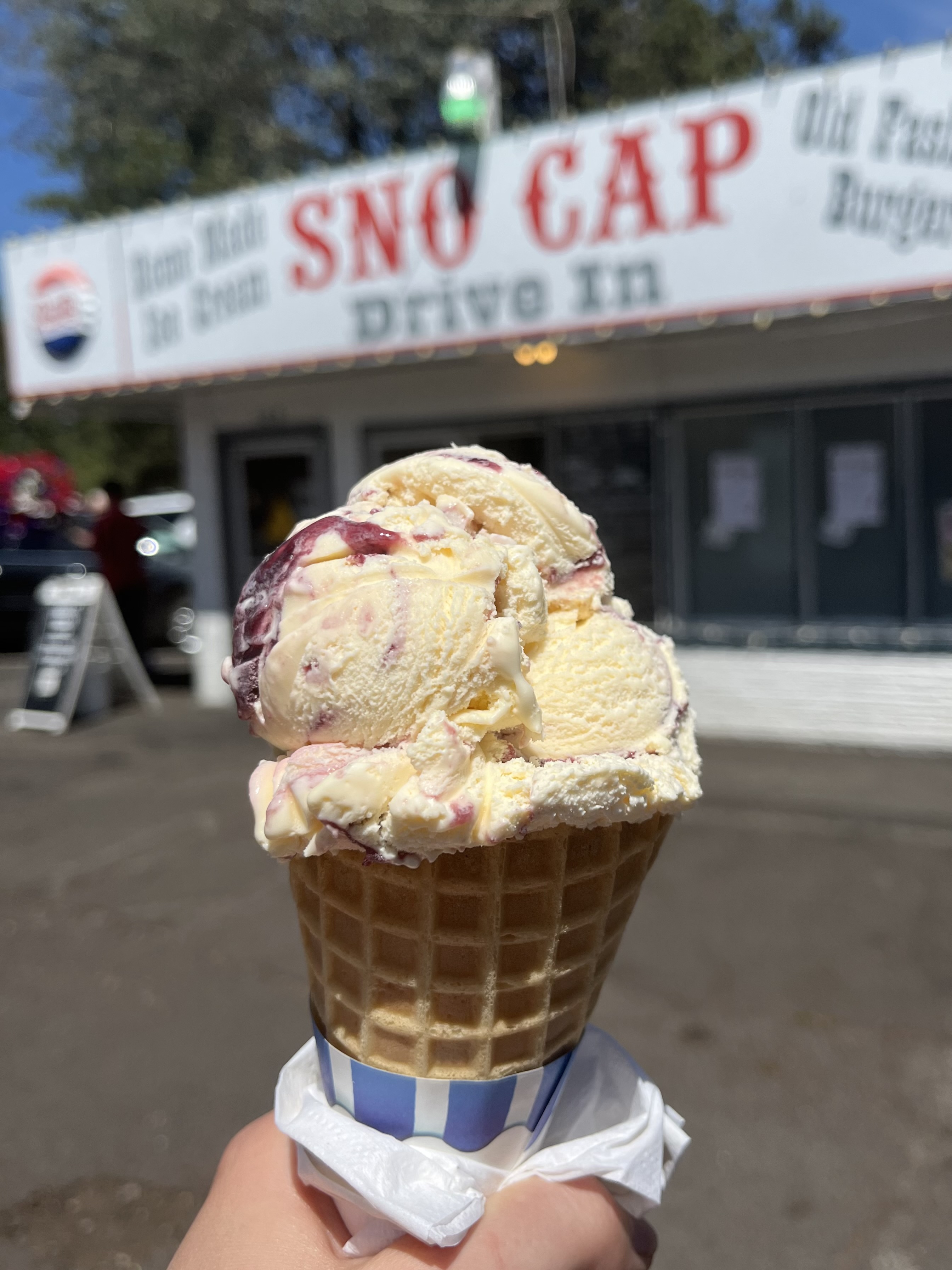Limitless possibilities with fruit leathers
Published 12:00 am Tuesday, August 25, 2015
If you love fruit, roll-ups are just another way to get your daily serving amounts, and they’re a handy, portable snack for any family member.
Fruit leathers (the beef jerky of the fruit world) pack well for hiking, air travel, car trips and in carry-your-own lunches.
Trending
Making your own leathers allows you to create a snack treat free of the artificial colors and additives found in many commercial varieties. Not to mention the cost saving is about half compared to store-bought fruit snacks.
Fruit leather is easy to make and can be customized in several ways depending on your preferences.
Fruity flavors
Almost any fruit can work for leather. Favorites include strawberries, apricots, peaches, pears and apples, but bananas, cherries, grapes, mango and pears work equally well.
Leathers are not limited to a single flavor, and fruit blends are even more fun than a single-fruit version. And don’t forget vegetables as potential additions — sweet potatoes, pumpkins, spinach, etc., can be added for color, flavor and a boost of nutrition.
Applesauce can be added to any fruit combination to add sweetness to tart fruits, and to create a more pliable texture to the finished leather. It can also be dried to make leather on its own.
Trending
But wait, there’s more.
You don’t have to stop with just the main component. You can add in other things like nuts, coconut, chips, granola and, if you must, mini marshmallows.
Beyond choosing the fruits and add-ins, fruit leathers offer a great opportunity to play with spices. Ginger, vanilla, mint, pumpkin pie spice and even cayenne can be a nice complement to the fruitful flavors.
For adult fruit leather, add in a little liqueur before processing the fruit.
Fruits used for leathers can be fresh, frozen or canned, depending on availability. If you make your own jelly, leftover fruit pulp can also be added to leathers.
When selecting fresh fruits, choose ripe or slightly overripe varieties for best results. Not only do they have the most natural flavor, but they’re easiest to puree.
Sweeteners
One of the advantages of making your own fruit leather roll-ups is that you can control the sweetness — not only the amount, but the type of sweetener used. Many fruit leathers require no added sweetener. The fruit itself suffices. If you need to add sweetness to the fruit, options include sugar, agave, honey or sugar alternatives.
Getting started
The process for making fruit leather roll-ups is a simple one. Wash the fruit. Remove any seeds, pits and peels. Cut the fruit into chunks and put it in the food processor bowl. Puree until smooth. Pour it out onto a prepared cookie sheet and dry. Some people like to heat the fruit puree before drying.
Drying options
Fruit leather can be dried in the oven on a low temperature. It can be dried outside in natural sunlight (great for hot, dry climates), or it can be dried in a food dehydrator if you have one. Another, less popular option, is to set pans of leather on a grill rack if it’s a hot day and close the lid.
Preparing the pan
Use a 13-by-17 inch rimmed baking sheet for fruit leather, or several smaller pans if you prefer.
There are several options for preparing the pans for the leather. The easier options include using a silicone baking sheet to line the pan, covering the pan with baking parchment or lining it with plastic wrap. Basically, you’re looking to create a nonstick surface that will allow you to peel off the dried fruit leather. Using waxed paper or foil is not a good idea, as both tend to become embedded into the fruit as it dries and you’ll be eating bits and pieces of the covering along with your leather.
If you’re using a food dehydrator, follow the owner’s manual to prepare the trays for leathers.
Making the puree
Put the chopped fruit into the food processor and run it until the fruit becomes a smooth puree. Any additions, other than spices, are added before pouring, but not into the food processor.
If you want to cook the fruit first, that may be done before pureeing or after.
For fruits that have a tendency to turn color, add 2 teaspoons of lemon juice for each 2 cups of fruit puree to prevent discoloration.
Ready, set, pour
Using a spatula, spread the puree onto the prepared baking sheet to no more than 1⁄8-inch thick. If the fruit is any thicker, it won’t dry properly. Keep the fruit in the center of the sheet and don’t allow it to pool up at the edges. Maintaining an even thickness is key to successful drying.
Drying
If you’re drying the leather indoors, your house will smell wonderful during the drying process. The fruit leather will dry from the outside edges toward the center, so always test the middle. When it’s dry, your fingers shouldn’t stick to the leather and there should be no visible indentation after touching it.
For oven drying, set the temperature to 140 to 150 degrees. If you have a convection setting, use that for faster drying. Dry for up to 18 hours depending on the fruit mixture, thickness and the size of the pan.
For outdoor drying, cover the pans with netting to prevent bugs and birds from getting to the puree. Set the pans in a hot place outdoors, away from pets. Depending on the temperature and humidity, outdoor drying can take one to three days.
When using a food dehydrator, consult your owner’s manual for time recommendations — generally six to eight hours, depending on the number of trays being dried simultaneously.
It’s important not to let your fruit leather overcook. It will become very dry and brittle, rather than the flexible, pliable finish you’re looking for as a roll-up.
Finishing
Once the fruit leather is dried, remove it from the pan, peel off the protective cover and cut into pieces. If the center is still tacky, return it to the oven, placing it back on the sheet with the sticky side up. When the leather is done, you can cut into strips or squares, or use cookie cutters to cut fun shapes. Roll strips and wrap with plastic wrap, twisting the ends to cover completely. Wrap individual shapes.
Store leather in an airtight container for up to a month, or freeze for longer storage.
Fun with fruit
Fruit leather can also be used to decorate other foods. Many cake decorators use small cookie cutters to make flowers or animal shapes to apply to their frosted creations.
If you need a color of fruit leather that nature doesn’t create, add some food coloring to the puree before drying.
Getting your fill
The National Center for Home Food Preservation takes fruit leather creativity one step further by suggesting fillings for the finished leather. It suggests spreading one or more of the following onto the finished fruit snack before rolling: melted chocolate, softened cream cheese, cheese spreads, jam, preserves, marmalade, marshmallow cream or peanut butter. Note that these change the inherent nutritional value of the fruit-only leathers and require refrigerator storage.
— Reporter: gwizdesigns@aol.com








